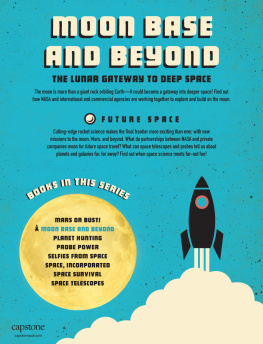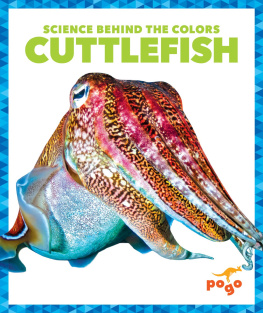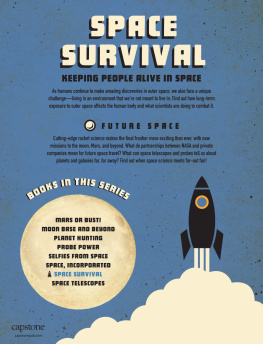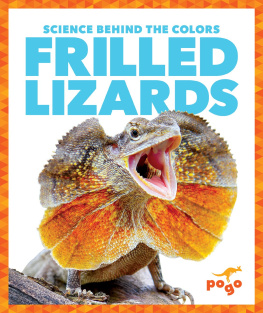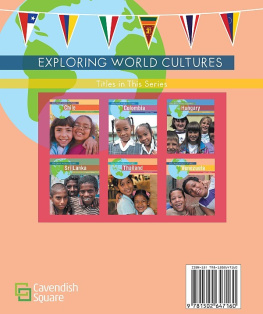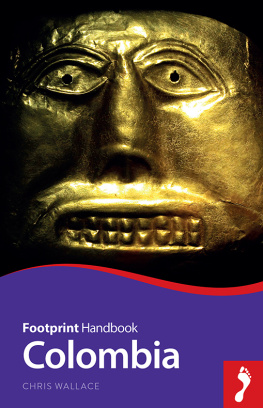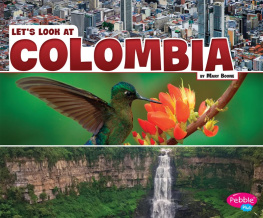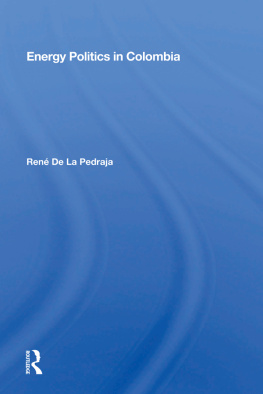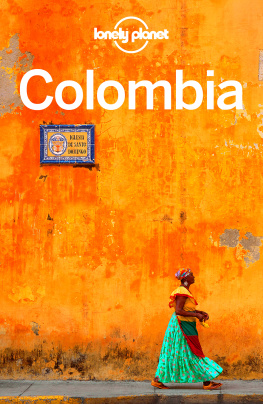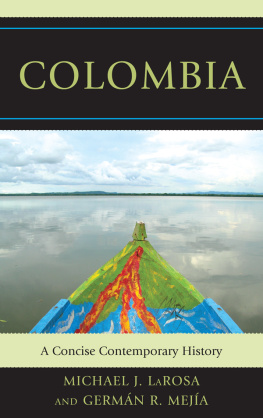
Published in 2020 by Cavendish Square Publishing, LLC
243 5th Avenue, Suite 136, New York, NY 10016
Copyright 2020 by Cavendish Square Publishing, LLC
First Edition
No part of this publication may be reproduced, stored in a retrieval system, or transmitted in any form or by any means electronic, mechanical, photocopying, recording, or otherwisewithout the prior permission of the copyright owner. Request for permission should be addressed to Permissions, Cavendish Square Publishing, 243 5th Avenue, Suite 136, New York, NY 10016. Tel (877) 980-4450; fax (877) 980-4454.
Website: cavendishsq.com
This publication represents the opinions and views of the author based on his or her personal experience, knowledge, and research. The information in this book serves as a general guide only. The author and publisher have used their best efforts in preparing this book and disclaim liability rising directly or indirectly from the use and application of this book.
All websites were available and accurate when this book was sent to press.
Library of Congress Cataloging-in-Publication Data
Names: Klepeis, Alicia, 1971- author.
Title: Colombia / Alicia Z. Klepeis.
Description: First edition. | New York: Cavendish Square, [2020] |
Series: Exploring world culture | Includes index. | Audience: Grades 2-5.
Identifiers: LCCN 2018047985 (print) | LCCN 2018049942 (ebook) |
ISBN 9781502647139 (ebook) | ISBN 9781502647122 (library bound) |
ISBN 9781502647108 (pbk.) | ISBN 9781502647115 (6 pack)
Subjects: LCSH: Colombia--Juvenile literature.
Classification: LCC F2258.5 (ebook) | LCC F2258.5 .K55 2020 (print) |
DDC 986.1--dc23
LC record available at https://lccn.loc.gov/2018047985
Editorial Director: David McNamara
Editor: Lauren Miller
Copy Editor: Nathan Heidelberger
Associate Art Director: Alan Sliwinski
Designer: Christina Shults
Production Coordinator: Karol Szymczuk
Photo Research: J8 Media
The photographs in this book are used by permission and through the courtesy of:
Cover, to come; .
Printed in the United States of America
Contents

Colombia is a country in South America. People have lived here for thousands of years. Different groups have ruled what is now Colombia throughout history. Today, Colombia is a free country. Its government is a .
Colombians have many different jobs. Some grow flowers and coffee. Others work in offices, hospitals, hotels, or restaurants. People here also work in factories and mines.
There are many beautiful places to visit in Colombia. There are rain forests, deserts, and ice-capped mountains. There are rivers, swamps, and even some islands. Visitors also come from around the world to enjoy the countrys historic cities and beaches.
Music, art, and literature are important parts of Colombian culture. Colombians like eating good food. They also love sports. There are many interesting traditions. Religion is important to many Colombians. Throughout the year, celebrations and festivals take place.
Colombia is an amazing country to explore.

The Cape San Juan beach in northern Colombias Tayrona National Park is known for its beauty.

Colombia is located in northwestern South America. The Caribbean Sea lies to the north. The Pacific Ocean is west of Colombia. Five countries border Colombia: Brazil, Ecuador, Panama, Peru, and Venezuela.
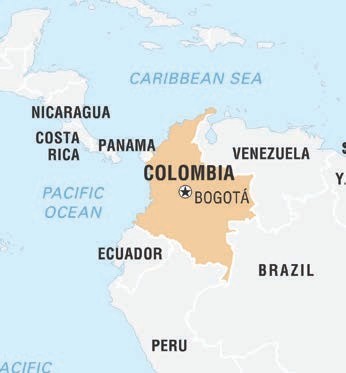
This map shows Colombia and its neighbors.
Colombia covers 439,736 square miles (1,138,910 square kilometers).
The Andes Mountains run through the middle of Colombia. Snow-covered volcanoes can also be found here. Colombias coasts have beaches. There are also desert areas in the north. Huge grasslands, called llanos (YAH-nos), are found in the east.

Along the coasts and in the eastern plains, Colombia has a climate. The nations highland areas are cooler.
Colombias Animals and Plants
Colombia is home to lots of different animals and plants. Toucans, sloths, and unique animals like the golden poison frog live here. Plants like mosses, orchids, and cacti grow here too.

Golden poison frogs can usually live for up to ten years.
The Amazon River basin covers almost half of Colombia. This area is in the south. Thick rain forests are here.

The first people in Colombia hunted, gathered seeds and fruits, and fished. Over time, people started farming. They grew crops like corn and potatoes. Groups called the Muisca (or Chibcha) and Sin lived here.
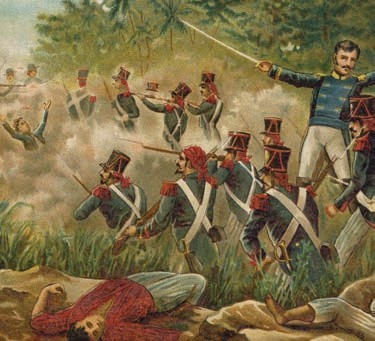
An illustration of a battle against the Spanish
In 1499, the first Europeans arrived. Spanish explorers wanted to find gold and gems. The Native people tried to protect their land but were defeated. Colombia was under Spanish control until the early 1800s.

In 2016, President Juan Manuel Santos won the Nobel Peace Prize for helping end the civil conflict in Colombia.
Enrique Olaya Herrera
Enrique Olaya Herrera was the president of Colombia from 1930 to 1934. During his presidency, businesses grew and workers gained more rights.

Former Colombian president Enrique Olaya Herrer a
After a war against the Spanish in 1819, Colombia became an independent country. Lots of different groups wanted to control the government. This caused civil wars in Colombia that lasted a long time. Many people died. A peace agreement was reached in 2016. Today, Colombians hope for a brighter, peaceful future.

Colombia is a democracy. It has thirty-two departments, like states, and one capital district. The capital of the country is Bogot.
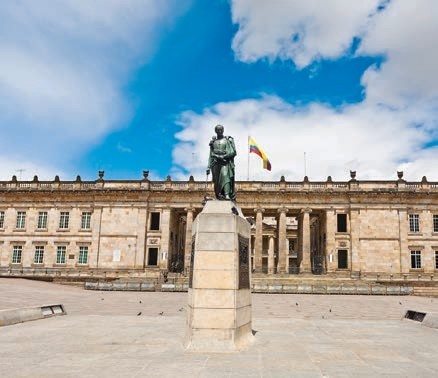
The National Capitol Square in Bogot
Colombias government has three parts: legislative, judicial, and executive. The legislative part is called the Congress. Members of the Congress write new laws. Courts make up the judicial part. They follow the countrys constitution. The constitution was adopted in 1991. It describes all the basic laws of Colombia. Lastly, the executive part includes the president and the ministers. The president runs the government and is the head of state.



